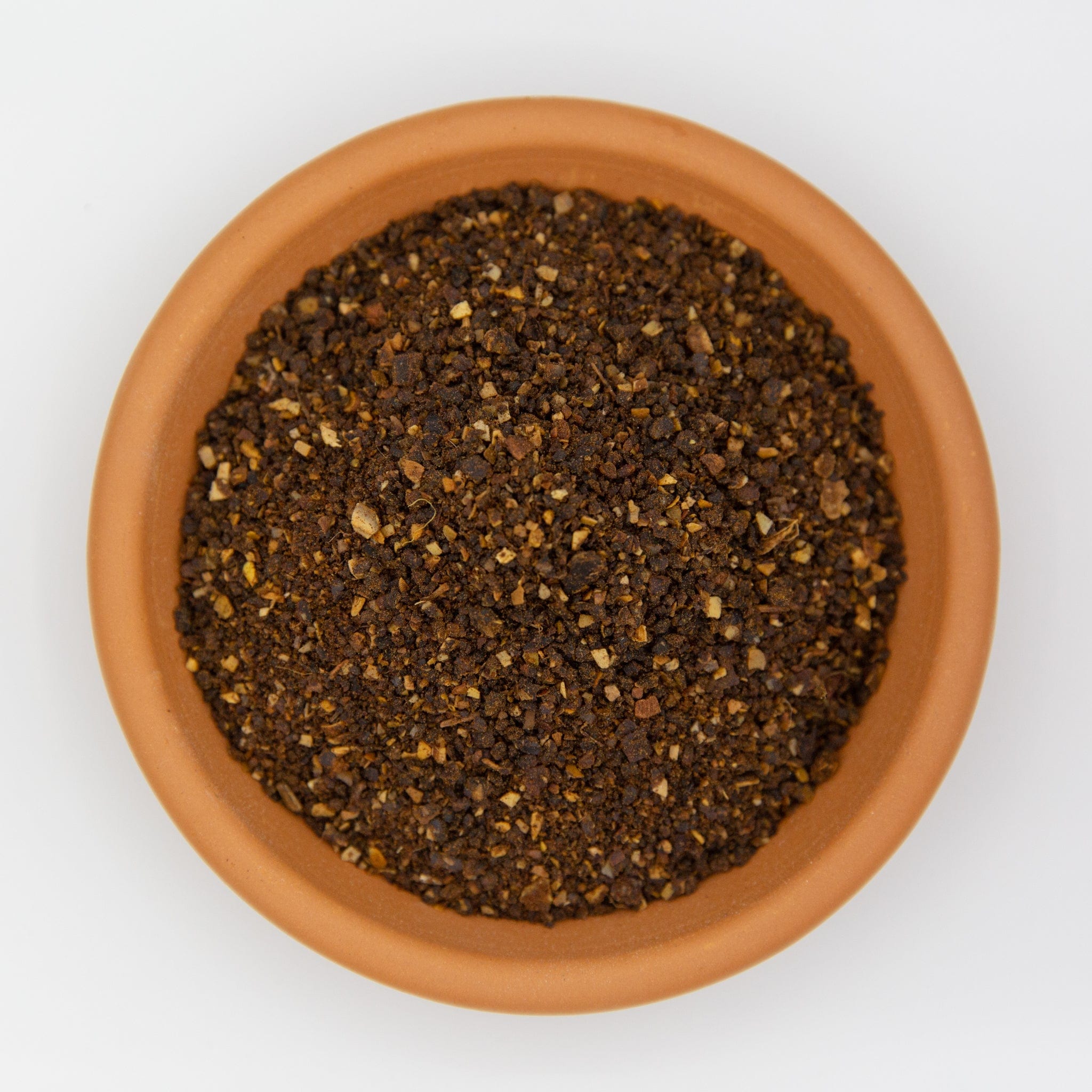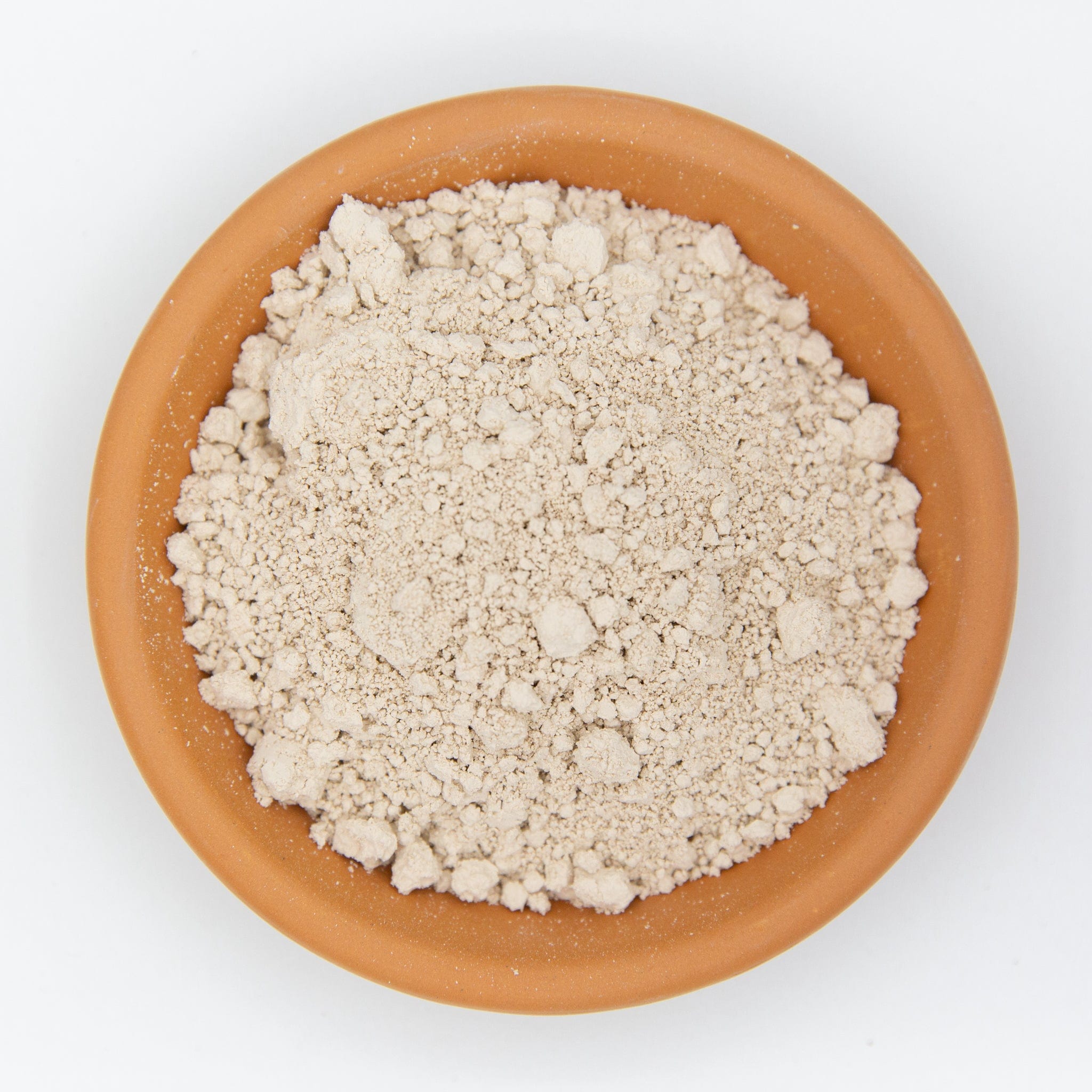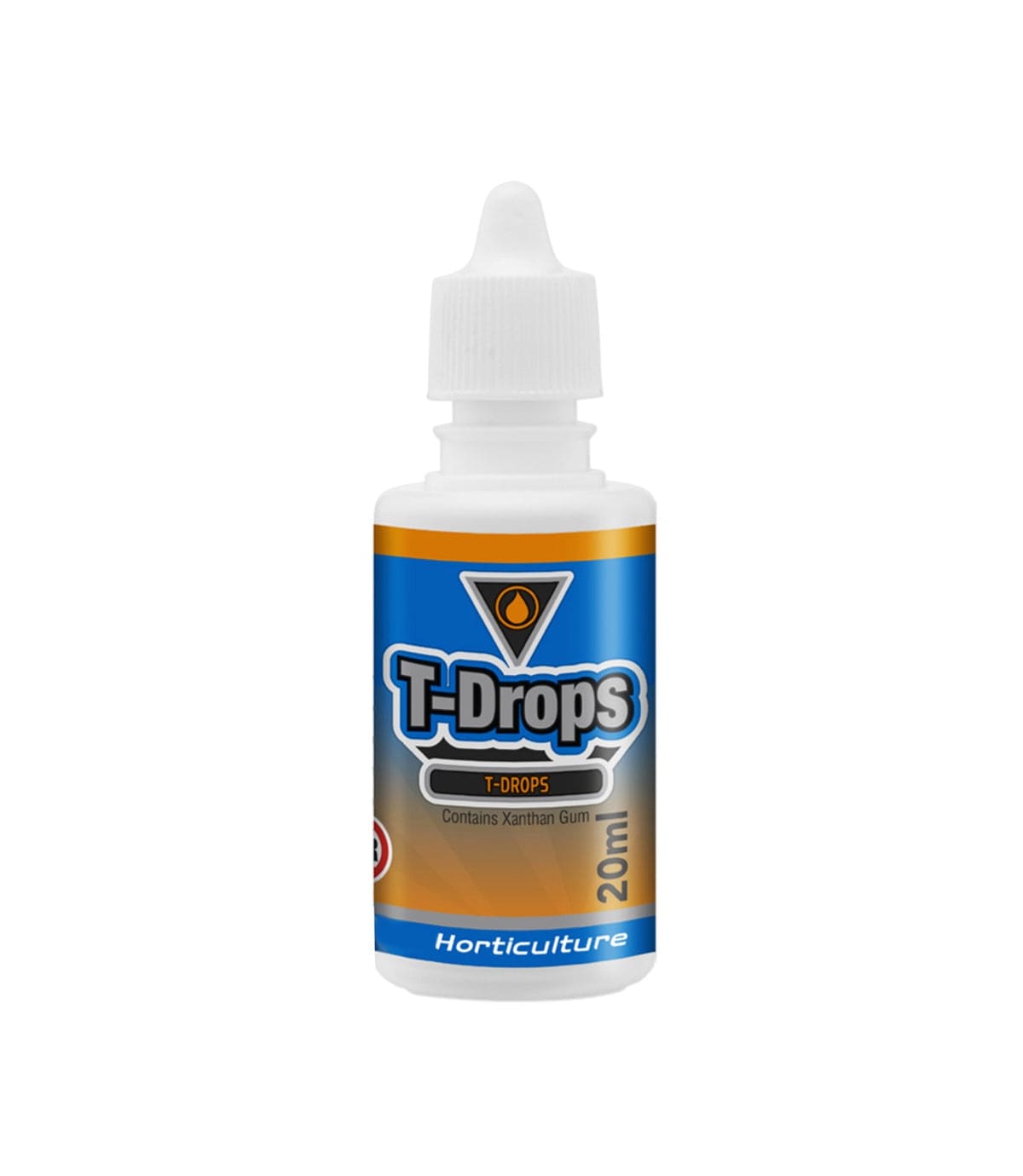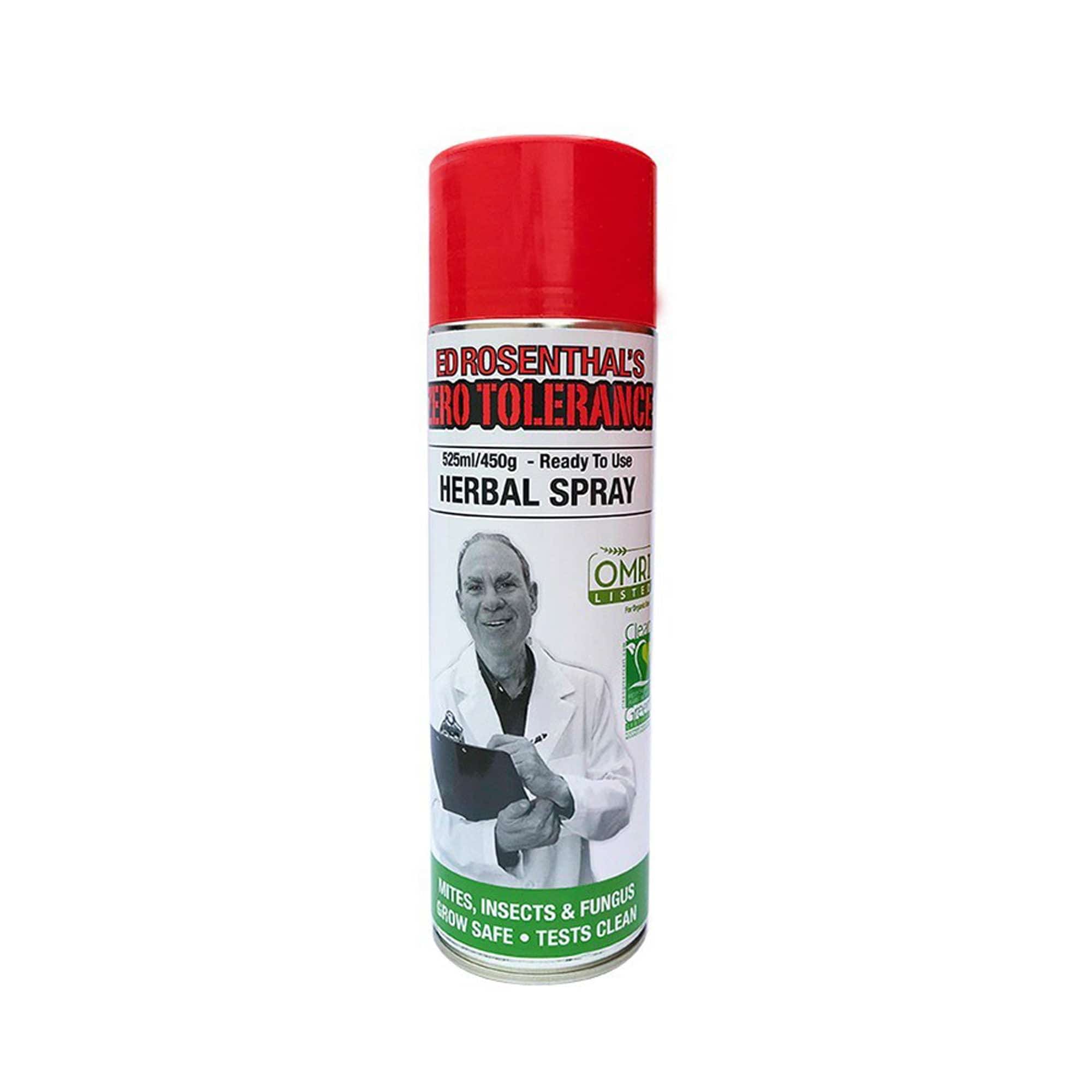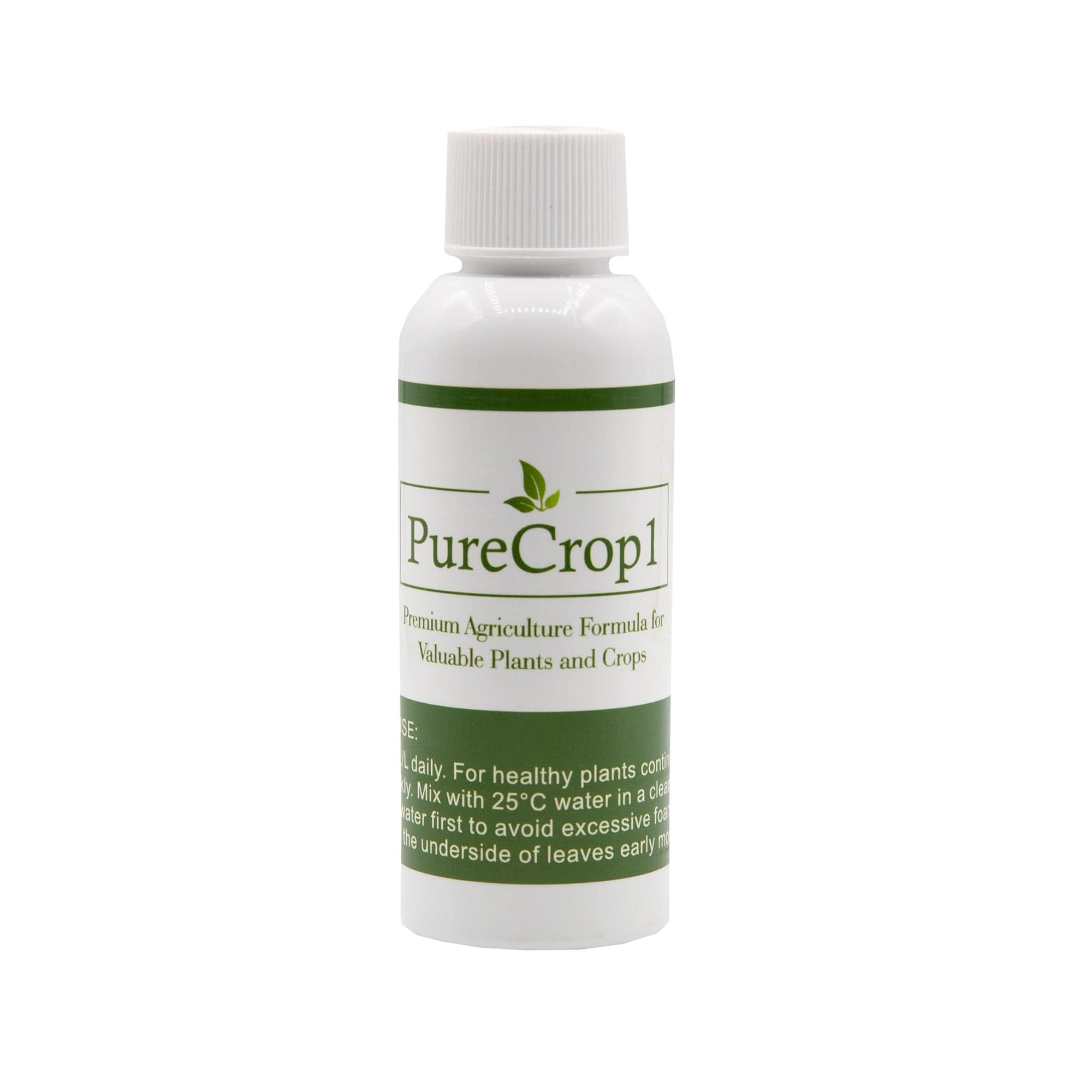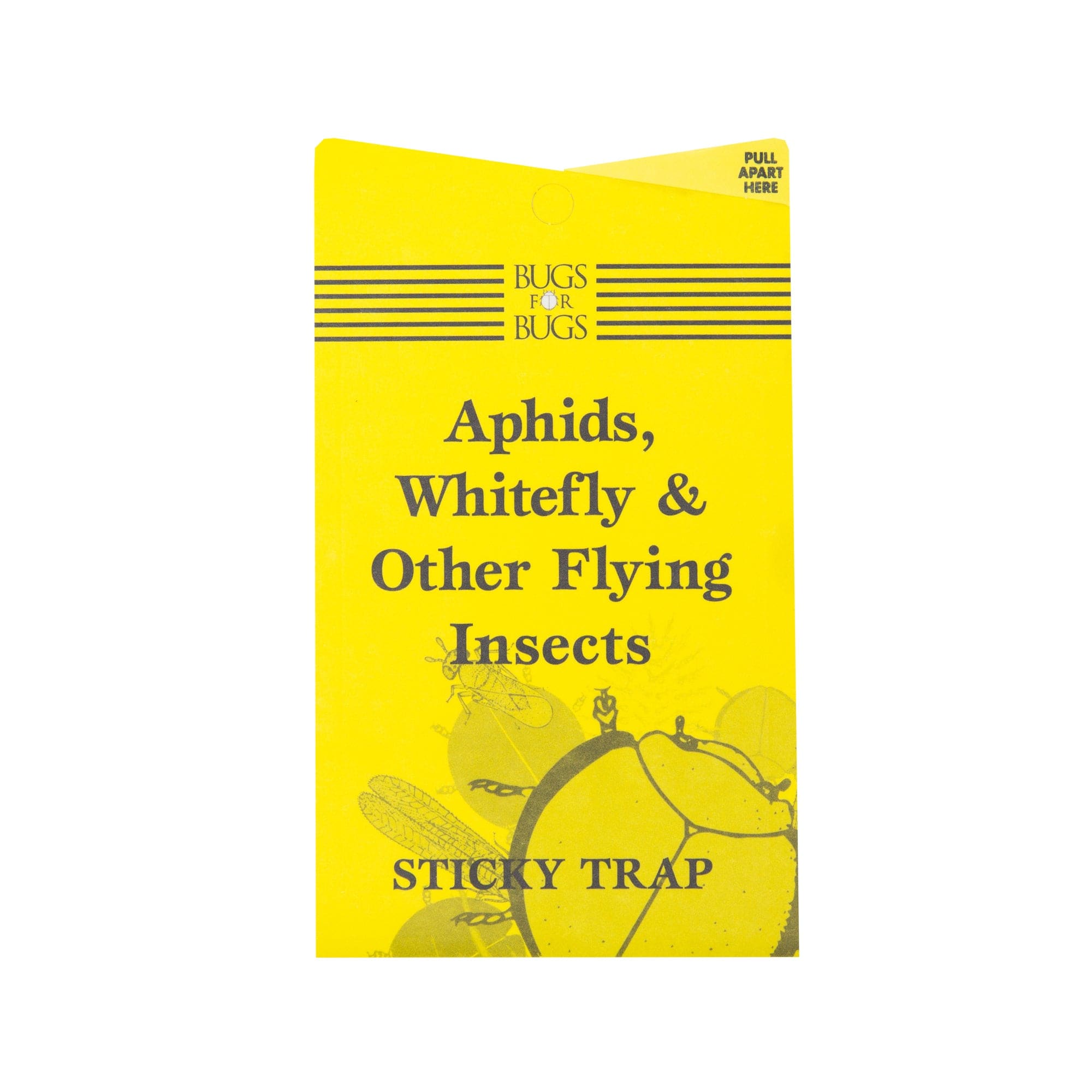Ever feel like the moment your plants look perfect, something small and sneaky moves in to ruin the show? You’re not imagining it. In Australia, each season brings its own set of uninvited guests. This guide breaks down exactly which pest shows up when, with quick links to deeper how-tos and gentle products that work.
Spring (September to November)
New shoots are like an all-you-can-eat buffet, so start scouting weekly.
- Aphids and whiteflies pile onto soft growth. Start with a gentle soap or neem, then follow up if needed with an organic Pyrethrum spray.
- Cabbage white caterpillars appear on brassicas & leafy plants. Hand pick them off early and net seedlings to prevent egg laying. Pyrethrum can be used to control caterpillars
- Thrips scar leaves and flowers and can spread plant viruses and disease. Learn how to ID the pests early, use blue sticky traps, and low-toxic sprays such as pyrethrum.
- Citrus leafminer curls fresh citrus leaves. Prune lightly, protect soft flushes of new growth, and keep trees unstressed. Hang blue sticky traps around plants to help lure them away from fresh growth.
- Garden weevils and wingless grasshoppers chew rough holes in leaves overnight. Night checks help you catch them in the act. Diatomaceous earth is effective at controlling these garden pests.
Summer (December to February)
Heat speeds everything up. Keep leaves clean, water consistently, and inspect the undersides.
- Spider mites leave behind speckled leaves, which then turn the leaves bronze. Raise the humidity a touch if you can, rinse dusty foliage off with a water and a neem oil solution, and act early by daily scouting. Systemic pesticides may be necessary to use in severe infestations, if you require a fast fix, we recommend Kill-a-mite for fast acting results.
- Scale and mealybugs ooze out honeydew that becomes a home sooty mould on citrus, roses, and figs. Get the step-by-step plan in How to Control Scale Insects.
- Fruit fly targets ripening crops like tomatoes and stone fruit. Hang traps before colour change, pick promptly, and bin spoiled fruit.
- Fungus gnats boom in warm, damp potting mixes and hydroponic media like coco coir. Products like T-Drops and Diatomaceous earth are affective natural controls. If the infestation is severe, a systemic product such as Scarid10 might be your best bet. Break the life cycle with the tips in How to Get Rid of Fungus Gnats.
Autumn (March to May)
Cooler, wetter weather changes the enemy list.
- Snails and slugs return with the first rains. Set an organic snail bait, use beer traps, and tidy low growing plants where they hide under the foliage.
- Portuguese millipedes sometimes swarm and nibble soft fruit touching soil. Lift fruit and use simple barriers such as diatomaceous earth.
- Rodents look for new food sources after harvests. Clear fallen fruit and use mesh to protect compost poles.
- Dealing with a mix of nibblers and sap-suckers at once? Read Natural Pest Control Tips for Aussie Gardens for seven habits that work year round.
Winter (June to August)
Things slow outside, but indoor jungles keep humming.
- Scale and mealybugs on houseplants stay active. Move plants to bright spots if the sun has changed position, wipe leaves with mild soapy water or a neem oil solution, and visit our scale guide to learn more battle tactics for stubborn cases.
- Fungus gnats linger indoors if potting mix stays wet. Let the top couple of centimeters dry and use sticky cards near pots.
Year-round prevention
- Feed and water plants consistently. Stressed plants are easy targets.
- Rotate crops and clear spent growth.
- Quarantine new plants before adding them to your collection.
- Encourage beneficial insects by planting nectar-rich herbs.
In short, pests are part of a living garden. With the right timing and a light touch, you’ll stay ahead and keep everything thriving.
Explore all our gentle, high-performing solutions in the Pest Control collection.
About the Author



